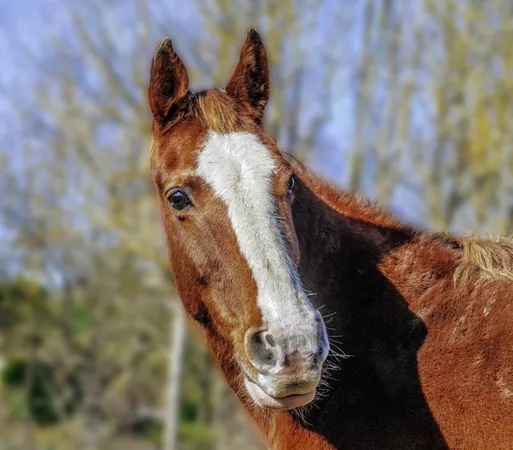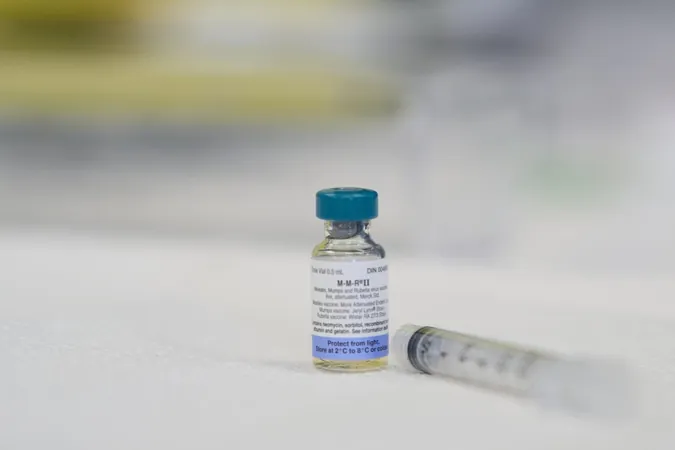
Unraveling Your Horse's Winter Coat Dilemma: Is It PPID?
2025-01-23
Author: William
Understanding PPID
PPID is an endocrine disorder linked to abnormal growths in the pituitary gland—an essential part of the brain responsible for regulating hormones. According to equine health experts from the Texas A&M College of Veterinary Medicine, the tumors in the pituitary gland lead to an overproduction of certain hormones. This imbalance can result in various symptoms that may differ among individual horses.
"While the most recognizable sign might be an extended winter coat that refuses to shed, not all horses affected by PPID display this characteristic," explains Dr. Yatta Boakari, a veterinarian specializing in equine health. Additionally, Dr. Sophia Marchio emphasizes that relying solely on the presence of a long coat can be misleading, as PPID can manifest in multiple ways.
Key Symptoms to Watch For
Alongside a stubborn winter coat, other crucial symptoms of PPID include:
- Muscle wasting
- Laminitis (painful inflammation of the hooves)
- Insulin resistance leading to metabolic issues
- Chronic skin infections
- Reproductive irregularities
- Weakened immune response
What makes the diagnosis complex is that symptoms can vary widely, making it essential to consider the horse's entire health history. Most horses with PPID are aged 15 years and older, but younger horses can also be affected.
Critical Signs Not to Ignore
If your horse is struggling with any of these symptoms or has a delayed shedding process, it’s vital to consult a veterinarian. Early diagnosis can significantly enhance the management of PPID, resulting in better health outcomes for your equine companion.
"By diagnosing PPID early, we can collaborate with horse owners to optimize the care and quality of life for these animals," notes Dr. Marchio. Even if symptoms do not indicate PPID, seeking professional advice is crucial since many signs can lead to severe complications. For instance, laminitis, a common symptom of PPID, can result in chronic lameness if not addressed.
In conclusion, as delightful as the onset of spring can be for horse enthusiasts, vigilance regarding changes in your horse's shedding patterns is paramount. Monitor their health closely and don't hesitate to reach out to your veterinarian. After all, the earlier issues are identified, the better the chances for your horse's long-term health and vitality!









 Brasil (PT)
Brasil (PT)
 Canada (EN)
Canada (EN)
 Chile (ES)
Chile (ES)
 Česko (CS)
Česko (CS)
 대한민국 (KO)
대한민국 (KO)
 España (ES)
España (ES)
 France (FR)
France (FR)
 Hong Kong (EN)
Hong Kong (EN)
 Italia (IT)
Italia (IT)
 日本 (JA)
日本 (JA)
 Magyarország (HU)
Magyarország (HU)
 Norge (NO)
Norge (NO)
 Polska (PL)
Polska (PL)
 Schweiz (DE)
Schweiz (DE)
 Singapore (EN)
Singapore (EN)
 Sverige (SV)
Sverige (SV)
 Suomi (FI)
Suomi (FI)
 Türkiye (TR)
Türkiye (TR)
 الإمارات العربية المتحدة (AR)
الإمارات العربية المتحدة (AR)